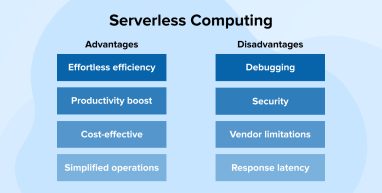
With cloud-based technologies, serverless cloud computing handles the back-end tasks of a website or application. The serverless platforms take off when you declare an event that activates code giving you one of the benefits of serverless architecture.
Instead of engaging in an on-site IT architecture, serverless means the method of operating a company’s IT infrastructure through third parties. This has a number of advantages, including minimal server administration, no upfront setup, greater scalability to match traffic loads, and cost-effectiveness. But what is serverless computing exactly? Is it really that meaningful for the leading businesses? Let’s discuss its pros and cons for a better comparative picture.
(Note: If you specifically want to compare between AWS Lambda and Azure Functions, check this article.)
1. What is Serverless Computing?
Serverless computing enables developers to concentrate solely on the client-side of a serverless application or website without having to consider any back-end operations.
Web app’s front-end comprises the visible, interactive, and memorable components. Here includes the visuals, typography, user interface and other graphic clues.
The back-end of a website or app consists of the components that consumers do not see yet are necessary for a seamless online experience. These back-end components may consist of:
- Data files: The back-end must house stocks of items available, positions of open storefronts, and listings of blog articles.
- Processing: Everything a customer performs requires a little amount of electricity, while the majority of data processing occurs behind the scenes.
- Security: A user may be required to login to view particular components. The registration page is on the front end, while the actual functionality occurs in the back.
In the serverless framework, these types of back-end operations exist as discrete bits of code that remain inactive until customers use them. When a user performs an action that activates the program, the serverless computing provider provides space and enables a smooth transition.
Developers build program code and upload it into the serverless computing system. It remains there inert, until an incident activates the program. At that moment, the serverless computing provider/ serverless vendor assumes control and performs the program in the cloud. So when the event concludes, the code reverts to a dormant state.
In the serverless computing concept, these occurrences are known as “functions.” For instance, a website may provide a tool that enables visitors to upload photographs that are then scaled and reformatted. When a user submits an image, the function begins.
As the serverless paradigm is dependent on services that may or may not execute constantly, scalability is conceivable. If the website or application receives substantial visitors, the cloud can provide more storage and processing capacity. When traffic reduces, space and costs decrease proportionally.
The serverless paradigm might appear expansive and somewhat flexible. According to experts, truly serverless applications have four characteristics. The following are:
- Variable in cost: You just pay for the things you utilize.
- Self server maintenance: Clients are not responsible for server upkeep.
- Scalability: They scale continually without client programming assistance.
- Durable: These items offer built-in fault tolerance and high availability.
Further Reading on:
Top Serverless Frameworks for Creating Serverless Applications
1.1 Why Use Serverless Computing?
The benefits of serverless computing versus conventional server-centric architecture are numerous. Many programmers find that serverless architectures offer higher scale, increased flexibility, a faster time to market and deploy at a lower cost. Serverless designs eliminate the need for developers to purchase, deploy, and manage backend servers. Though serverless computing is not a panacea for most web application developers.
2. Benefits of Serverless
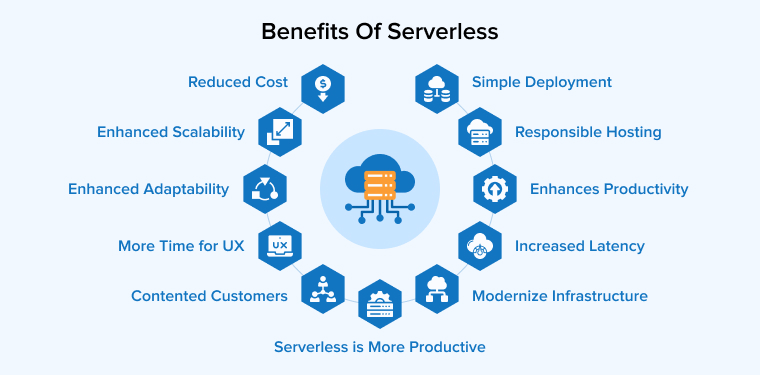
Following are the benefits of serverless:
2.1 Reduced Cost
Choosing serverless is an excellent method to save expenses. This is because you outsource the server management, records, and some reasoning. In addition to cost, serverless computing requires less processing power and less human resource management. There is no need for you to construct your own server from scratch. Since serverless handles the architecture, you can concentrate on the important server-side code. Based on the use scenario, there might be situations in which the cost is not much reduced.
2.2 Modernize Your Infrastructure
Serverless computing facilitates the use of current techniques in information technology, such as containerization, APIs, and functions. For instance, Google Cloud provides a selection of serverless alternatives.
Cloud Run provides a fully controlled computing platform for rapidly installing and safely scaling containerized applications. Cloud Features, which offers flexible pay-as-you-go services to execute the serverless code with no server administration, is a type of FaaS. App Engine is a fully controlled serverless platform for building and running scalable online services.
2.3 Enhanced Scalability
If you hope to become the next Google, you should examine if your server can take such a demand. Choosing a serverless architecture enables you to be adaptable. If your software is successful and expands, it will be simple to implement improvements to meet the expansion. Otherwise, no damage done! There is no need to create infrastructure before determining its necessity. This is a significant benefit.
2.4 More Time for User Experience
Infrastructure is irrelevant to visitors; consumers concentrate on functionalities and their interactions. Serverless design enables teams to concentrate resources on user-satisfying components. The Climate Corporation, for instance, employs serverless architecture to provide growers with a rich UI to a real-time picture of farm machinery operations, therefore increasing activities and influencing choices; hence, you do not need to manage infrastructure.
2.5 Simple Deployment and Continuous Delivery
Serverless computing expedites the deployment of new programs. There is no requirement to waste hours installing servers or monitoring workflows, allowing your team to concentrate on developing new business-supporting apps and services. You may also be certain that your development, testing, and operating servers have similar setups, minimizing unpleasant situations when your apps go public.
2.6 Increased Latency
Typically, serverless systems have universal points of entry. This implies it will be easier to manage the global users and visitors. Thus, you may scale your program without sacrificing performance. Suppose, for instance, that you operate physical servers in a conventional manner on the Western Coast. If a client from the East Coast accesses the application, they must make a request across the full route and back. For a serverless design, it would only reach the nearest serverless unit, which may be off the West Coast. The only possible drawback is cold starts, which is the time required for a serverless application to create and deploy in a container.
2.7 Enhances Productivity
Because of the essence of cloud computing, end-user queries are restricted to ones that are very straightforward to program. Without the need for hardware care, software development teams may focus on developing, resulting in superior apps. Serverless computing enables quick application development, allowing developers to maximize their skill sets.
This affords developers additional time to concentrate on other initiatives that strengthen the marketing strategy or service portfolio of a corporation.
2.8 Responsible Hosting and Computing
Companies that operate information centres or their individual servers must ensure that the servers are always operational. Examine the actual resources necessary to create large data centres. Assess the resources needed to maintain their operation. The advantages ofserverless design is the ability to purchase servers on request. This can lower the number of resources required to keep several businesses online.
2.9 Enhanced Adaptability
With serverless, it is simpler to initiate the development of an application than with conventional approaches. Consequently, adopting serverless enables you to develop more rapidly. If you achieve immediate, tangible outcomes, you can go on to a future job. You can begin developing your upcoming feature or microservice. This advantage is provided by serverless architecture when there are no limits. It is also simpler to swing in situations requiring reorganization.
2.10 Contented Customers
The serverless functions have the ability to make consumers happier. Customers will have access to additional features if a corporation can design new servers and distribute new features more quickly. Perhaps no one likes to delay a year for minor improvements. With serverless, infrastructure concerns are eliminated. You can swiftly implement logic and enhancements that optimize the user experience.
2.11 Serverless is More Productive
A serverless design results in per-request billing. If you had a conventional server, you would always maintain it operating. A serverless architecture charges only when the server is utilized. Consequently, there is less garbage produced. It is also more effective because scalability is no longer an issue. Architecture, configuration, production scheduling, and DevOps will no longer bother you.
3. Limitations of Serverless

Following are the limitations of serverless:
3.1 Serverless Computing Introduces New Security Concerns
As with anything in science, security must be considered. Considering serverless computing:
- Security is the concern of the serverless provider, not the customer.
- There is a broader assault plain with several server points of entry.
Users may feel comfortable when moving security requirements to the server owner; however, big servers with various access locations may be more susceptible. And if an intrusion does occur, users are defenceless and must rely on the service provider to report, fix, and regain.
3.2 Testing and Debugging Become More Challenging
Usually, it is more difficult to debug serverless programming. The program does not lend itself to a deep inspection of faults or code smells, which makes it more difficult for developers to identify errors.
Recognizing, predicting, and planning for these problems will be crucial to satisfying end-user demands and gaining a competitive advantage for your firm through serverless computing.
3.3 Long-Running Application Inefficiencies
Long-running workloads might be more expensive to execute on serverless. Utilizing a dedicated server is frequently more effective.
3.4 Vendor Lock-in is a Risk
Enabling a vendor to offer all of a software’s backend functions raises dependency on one vendor’s servers. Establishing a serverless infrastructure with a single provider might make it challenging to swap suppliers if required, given that each vendor offers somewhat different capabilities and procedures.
3.5 Cold Start
When a system must commence its own resources, this is referred to as a “cold start.” Your serverless infrastructure may require some time to process the initial service request. You may prevent a “cold start” by maintaining the function’s active status.
3.6 Response Latency
The serverless computing architecture is unmatched when it concerns the quick development of apps. However, how effectively does the framework function?
Response latency is perhaps one of the disadvantages you gain by switching to serverless computing. Response latency is the interval between when a software receives a query and when it responds. In the cloud, serverless computing is not always active; it shuts down between sessions.
As a result, starting from inactive serverless code might result in response lag. This could require a few seconds to initiate processing code after booting up. Based on the specifics of your use case, particularly if the timing is crucial, this might be a disadvantage to serverless computing.
3.7 Performance may be Compromised
As it is not continuously operating, serverless programs may require a “boot up” prior to usage. This initialization duration may hinder performance. Nonetheless, if a part of programming is used frequently, the serverless provider maintains it prepared to be launched; a request for that program is known as a ‘warm start.’
To use the Chrome V8 engine, that in most situations can boot up and execute JavaScript programming in less than 5 milliseconds. If the program is already being executed, the response time is less than one millisecond.
4. Conclusion
Developers build states as I/O queries that are accepted by compute units and subsequently deleted as serverless computing is event-driven. The procedure is fully automated and requires no human intervention or maintenance as a conventional server would.
This enables serverless computing solutions to be friendly, cost-effective, and resource-efficient methods for developing and utilizing applications.
Every business may profit from serverless computing, including banking, academia, and even politics. This indicates that your staff and clients will request serverless alternatives in the near future.
Those who want to create event-based programs faster and effectively may preserve resources, enhance efficiency, and raise productivity, here Serverless computing is a perfect solution for you.


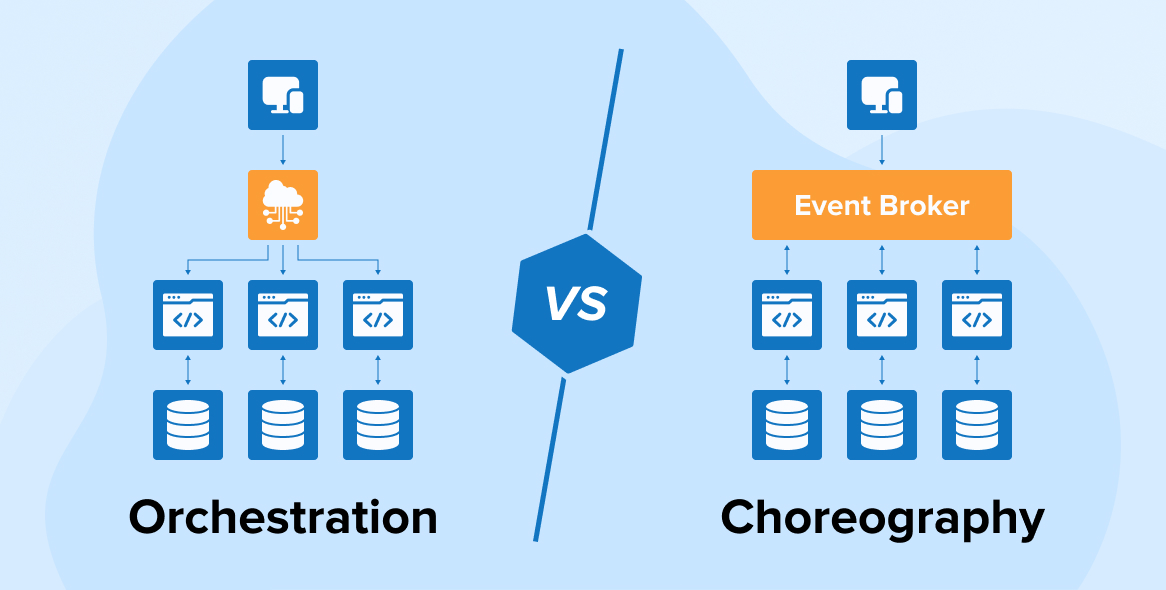
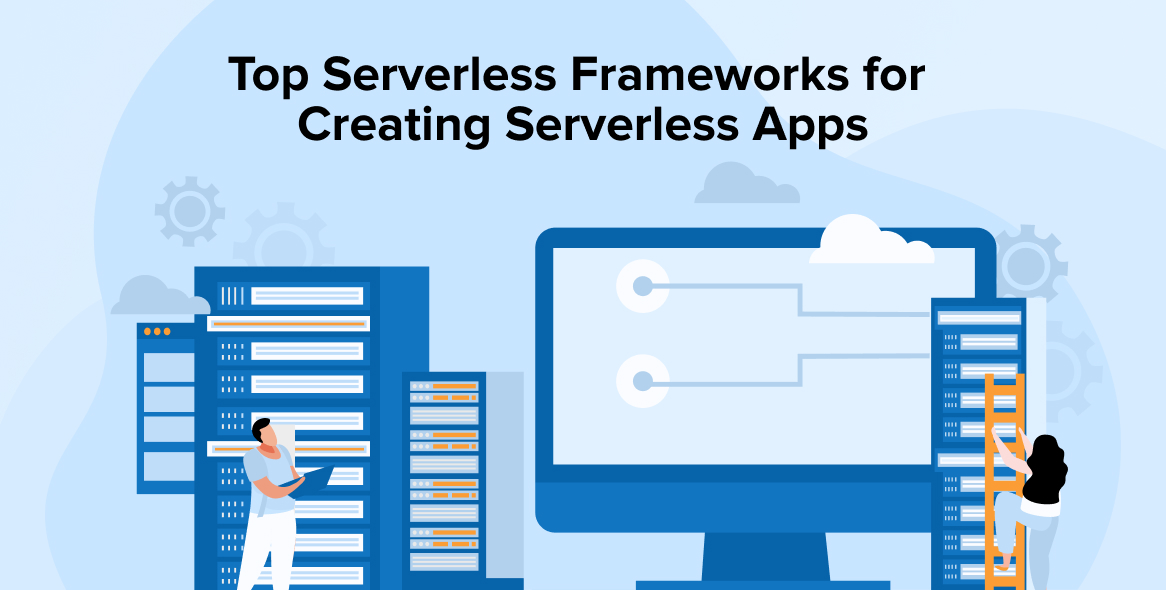
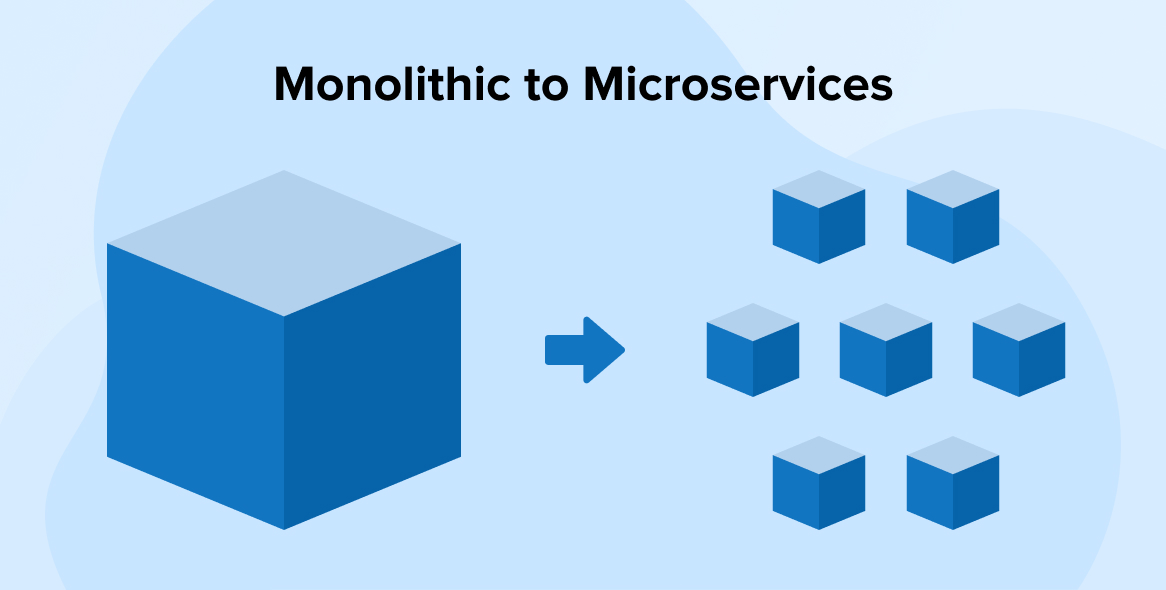

Comments
Leave a message...